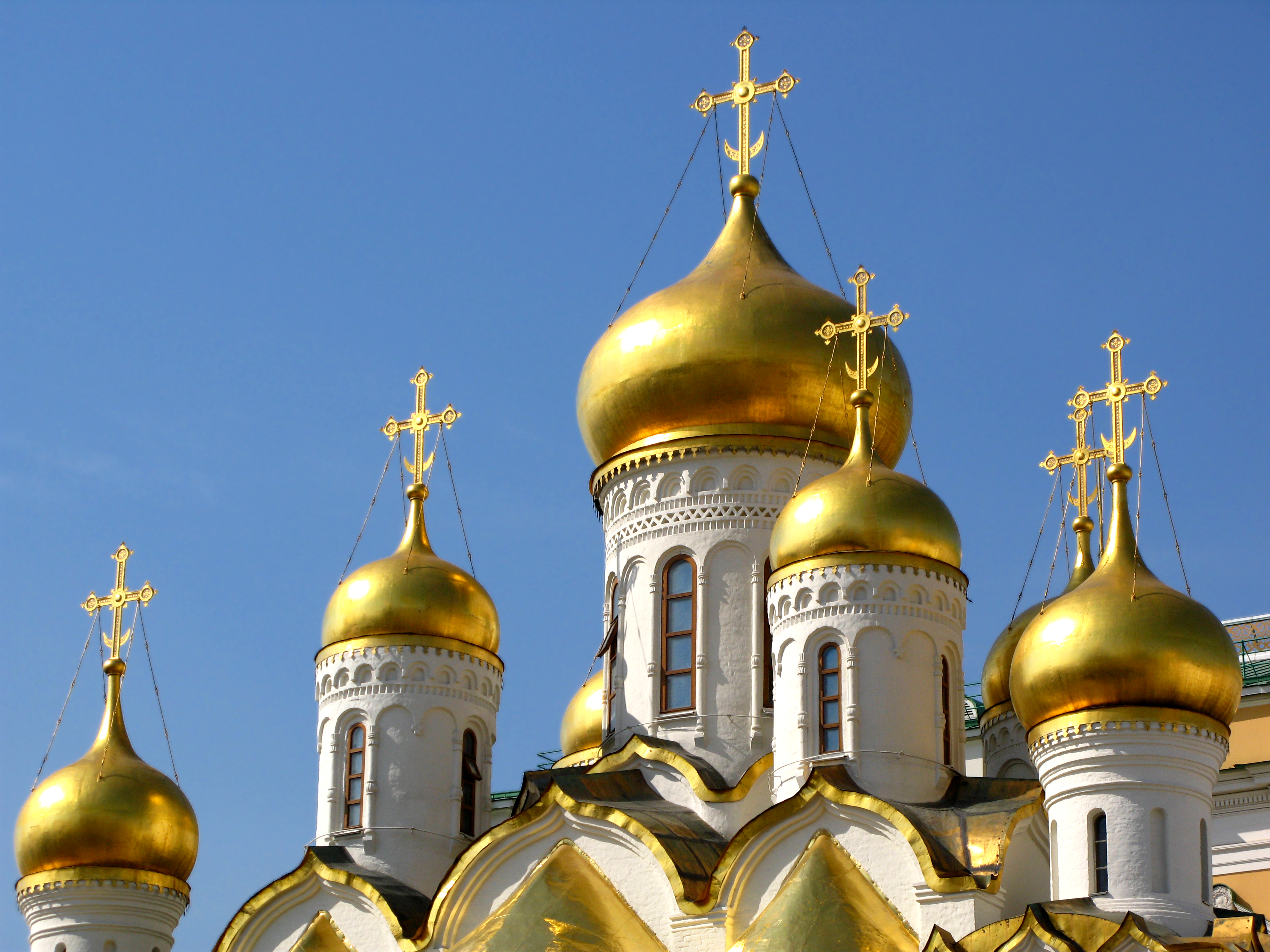Four Musical Firsts
In celebration of the beginning of a new year, here are four pieces which qualify as musical “firsts.” Listen to the music on the list and then share your own favorite musical “firsts” in the comment thread below. Monteverdi’s “Orfeo” Let’s start with the birth of opera. Italian Renaissance composer Claudio Monteverdi (1567-1643) is often credited with singlehandedly inventing the art form. In reality, opera gradually evolved out of Intermedio, music and …

